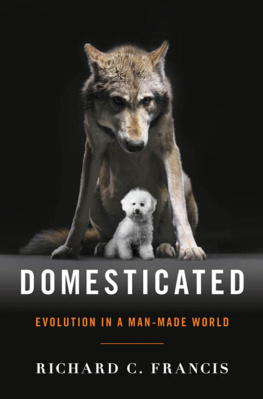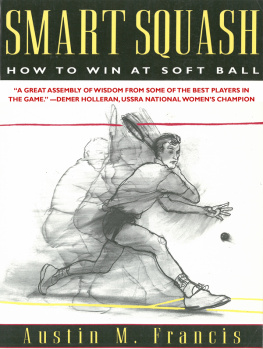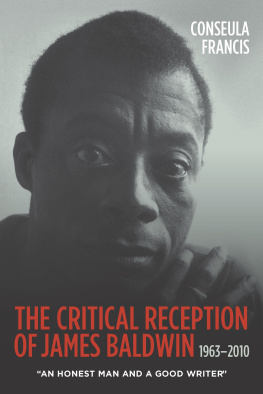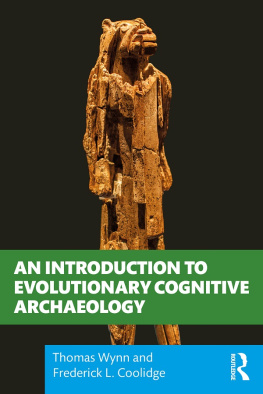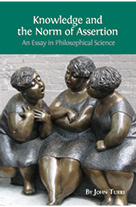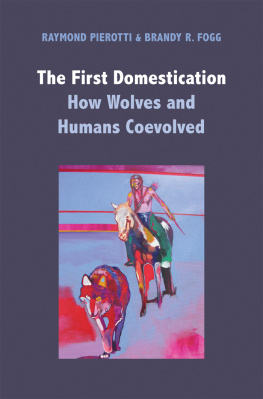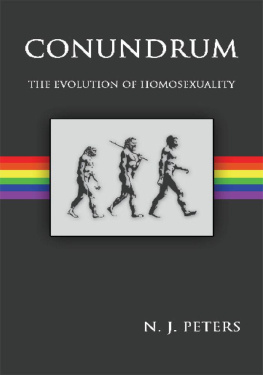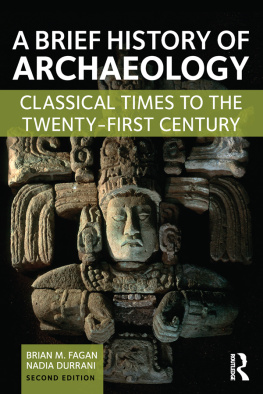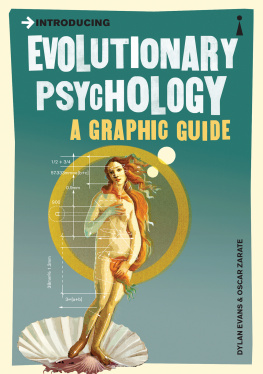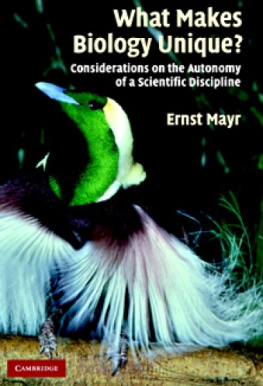Francis - Domesticated: evolution in a man-made world
Here you can read online Francis - Domesticated: evolution in a man-made world full text of the book (entire story) in english for free. Download pdf and epub, get meaning, cover and reviews about this ebook. City: New York, year: 2015, publisher: W. W. Norton & Company, genre: Detective and thriller. Description of the work, (preface) as well as reviews are available. Best literature library LitArk.com created for fans of good reading and offers a wide selection of genres:
Romance novel
Science fiction
Adventure
Detective
Science
History
Home and family
Prose
Art
Politics
Computer
Non-fiction
Religion
Business
Children
Humor
Choose a favorite category and find really read worthwhile books. Enjoy immersion in the world of imagination, feel the emotions of the characters or learn something new for yourself, make an fascinating discovery.
- Book:Domesticated: evolution in a man-made world
- Author:
- Publisher:W. W. Norton & Company
- Genre:
- Year:2015
- City:New York
- Rating:4 / 5
- Favourites:Add to favourites
- Your mark:
- 80
- 1
- 2
- 3
- 4
- 5
Domesticated: evolution in a man-made world: summary, description and annotation
We offer to read an annotation, description, summary or preface (depends on what the author of the book "Domesticated: evolution in a man-made world" wrote himself). If you haven't found the necessary information about the book — write in the comments, we will try to find it.
Francis: author's other books
Who wrote Domesticated: evolution in a man-made world? Find out the surname, the name of the author of the book and a list of all author's works by series.
Domesticated: evolution in a man-made world — read online for free the complete book (whole text) full work
Below is the text of the book, divided by pages. System saving the place of the last page read, allows you to conveniently read the book "Domesticated: evolution in a man-made world" online for free, without having to search again every time where you left off. Put a bookmark, and you can go to the page where you finished reading at any time.
Font size:
Interval:
Bookmark:

Copyright 2015 by Richard C. Francis
All rights reserved
First Edition
For information about permission to reproduce selections from this book,
write to Permissions, W. W. Norton & Company, Inc.,
500 Fifth Avenue, New York, NY 10110
For information about special discounts for bulk purchases, please contact
W. W. Norton Special Sales at specialsales@wwnorton.com or 800-233-4830
Book design by Lovedog Studio
Production manager: Julia Druskin
The Library of Congress has cataloged the printed edition as follows:
Francis, Richard C., 1953
Domesticated : evolution in a man-made world / Richard C. Francis.
pages cm
Includes bibliographical references and index.
ISBN 978-0-393-06460-5 (hardcover)
1. Domestic animalsHistory. 2. Animals and civilization. I. Title.
SF41.F65 2015
636dc23
2014046934
ISBN 978-0-393-24651-3 (e-book)
W. W. Norton & Company, Inc.
500 Fifth Avenue, New York, N.Y. 10110
www.wwnorton.com
W. W. Norton & Company Ltd.
Castle House, 75/76 Wells Street, London W1T 3QT
I AM DEEPLY GRATEFUL TO A NUMBER OF SCIENTISTS AND scholars for their comments and suggestions: Anna Kukekova for Chapter 1 (Foxes) and Chapter 2 (Dogs); Raymond Coppinger for Chapter 2 (Dogs); Greger Larson for Chapter 2 (Dogs) and Chapter 6 (Pigs); Dennis A. Turner for Chapter 3 (Cats) and Chapter 4 (Other Predators); Massimo Pigliucci for Chapter 5 (Evolutionary Interlude); David W. Burt for Chapter 7 (Cattle); James W. Kijas for Chapter 8 (Sheep and Goats); Knut H. Roed for Chapter 9 (Reindeer); Robin Bendrey for Chapter 10 (Camels); David W. Anthony for Chapter 11 (Horses); Steven N. Austad for Chapter 12 (Rodents); Angel Spotorno for Chapter 12 (Rodents); and Jeffrey Schwartz for Chapter 13 (Humans Part 1: Evolution) and Chapter 14 (Humans Part II: Sociality). Their efforts considerably aided the execution of this book.
Thanks as well to Jack Repcheck, my editor at W. W. Norton, for his enthusiastic support of this project from its inception as well as his light touch in applying his unerring judgment. Jacks assistant, Theresia Kowara, is a jewel to be treasured for her diligence and unflagging bonhomie. I also benefited from the ministrations of an exceptional copy-editor, Stephanie Hiebert.
I also want to acknowledge the support of some dear friends. Lori Cannatella, unabashed hippy chick, for some memorable Jeopardy! nights and stimulating conversations that had nothing to do with this book. And Jeanne and Michael Williams, whose hospitality was well beyond generous. Their idyllic guesthouse in the hills of Lafayette, California, was my abode during the last phase of the book. I was also the beneficiary of Jeannes considerable culinary skills.
Finally, special thanks to Pauline Burns (aka Puppet Master), without whom my stay in California would not have been possible.

W HAT ARE SOME ADJECTIVES THAT COME TO MIND when you hear the word dog? Chances are your list will include loyal, friendly, loving, and faithful. How about fox? That word conjures up a whole different set of adjectival connotations, such as sly, wily, clever, sneaky, crafty, or deceptive. Most of the adjectives we associate with foxes have a derogatory component, at best a grudging respect.
Since most of us have had little direct interaction with foxes, these associations come to us secondhand, often by way of fables such as those collected by Aesop. The Fox and the Raven is typical. The raven, upon discovering a nice piece of cheese, retires to a tree branch to dine at its leisure. The fox spies the raven and its prize and covets the latter. But since foxes cant climb trees, it must take an indirect approach. The fox flatters the raven fawningly, praising its satiny plumage and handsome feet. The fox then asks whether the raven has a voice to match. When the raven opens its mouth to caw, it drops the cheese and the sly fox has gained its prize. The raven has been outfoxed.
The photographer and installation artist Sandy Skoagland uses these associations to great effect in her piece called Fox Games.life-sized foxes dispersed throughout the tableau and in a multitude of postures and attitudes, all of which suggest they are having quite a good time. Several are in the act of leaping; one leaper is about to come down on top of another fox lying on its back, catlike. In fact, there is a catlike quality to the manner of most of these foxes, most notably the one in the foreground staring insouciantly at the viewer. (See Figure 1.1.)
As in all good surrealist art, there is something emotionally disorienting about the scene. In part that response stems from the lurid whorehouse-red monochromaticity of the restaurant and its accoutrements, which, combined with the peculiar lighting, imparts a hallucinatory illumination that is neither night-like nor day-like. Another disorienting element is, of course, the foxes themselves, which are painted gray, in stark contrast with their background, providing them extra visual pop. (One fox, however, is the color of the background; this mutant adds another disorienting element.) You cant help but focus on the nuances of the foxes manner and actions, which are cute, engaging, and smile-worthy at first glance. But there is something sinister here as well. These are foxes, after all, with all of the connotationssly, crafty, deceiving, and the likethat foxes bring with them to the scene. These are not creatures you can trust; these are not creatures you would want to pet; that playful animal on the table might just bite you if you tried.

FIGURE 1.1 Fox Games 1989 installation Sandy Skoglund. (Courtesy Denver Art Museum.)
Most disorienting is the fact that these foxes are indoors, so comfortably indoors. Foxes are wild animals after all, and wild animals belong outdoors. Wild animals are found indoors only when something has gone wrong. Something must have gone very wrong here. The scene as a whole seems postapocalyptic.
Perhaps, though, it wont require an apocalypse to bring foxes indoors. Perhaps, in the not-too-distant future, Fox Games will be viewed quite differently: less disorienting, more natural. The color and illumination will retain their effect, but the foxes themselves will just seem cute, disturbing in this context only because of their sheer number, like the cat-overrun homes of crazy animal hoarders. Much like cats and dogs, foxes might become indoor pets. Such was the goal of a singular Russian scientist, Dmitry Belyaev, who set out to discover how we made cats and dogsthe process of domestication.
A BRIGHT AND BRAVE FELLOW
Belyaev had attained a prestigious position as a geneticist in Moscow in the 1940s but then ran afoul of Soviet authorities. The problem was his refusal to disavow the genetic framework that had been initiated in the middle of the nineteenth century by the Moravian monk Gregor Mendel and that remains the foundation of modern genetics. Mendelism, as it came to be called, was certainly not a problematic or controversial view in most of the world at that time; indeed, it was the orthodox view. But in the Soviet Union, because of a unique combination of circumstances, Mendel had come to be associated with a bourgeois and reactionary worldview, and those who championed it were in real peril. Most retrospective blame for this state of affairs was laid at the feet of an upstart agronomist, Teofrim Lysenko, but it was more complicated than that.
Next pageFont size:
Interval:
Bookmark:
Similar books «Domesticated: evolution in a man-made world»
Look at similar books to Domesticated: evolution in a man-made world. We have selected literature similar in name and meaning in the hope of providing readers with more options to find new, interesting, not yet read works.
Discussion, reviews of the book Domesticated: evolution in a man-made world and just readers' own opinions. Leave your comments, write what you think about the work, its meaning or the main characters. Specify what exactly you liked and what you didn't like, and why you think so.

